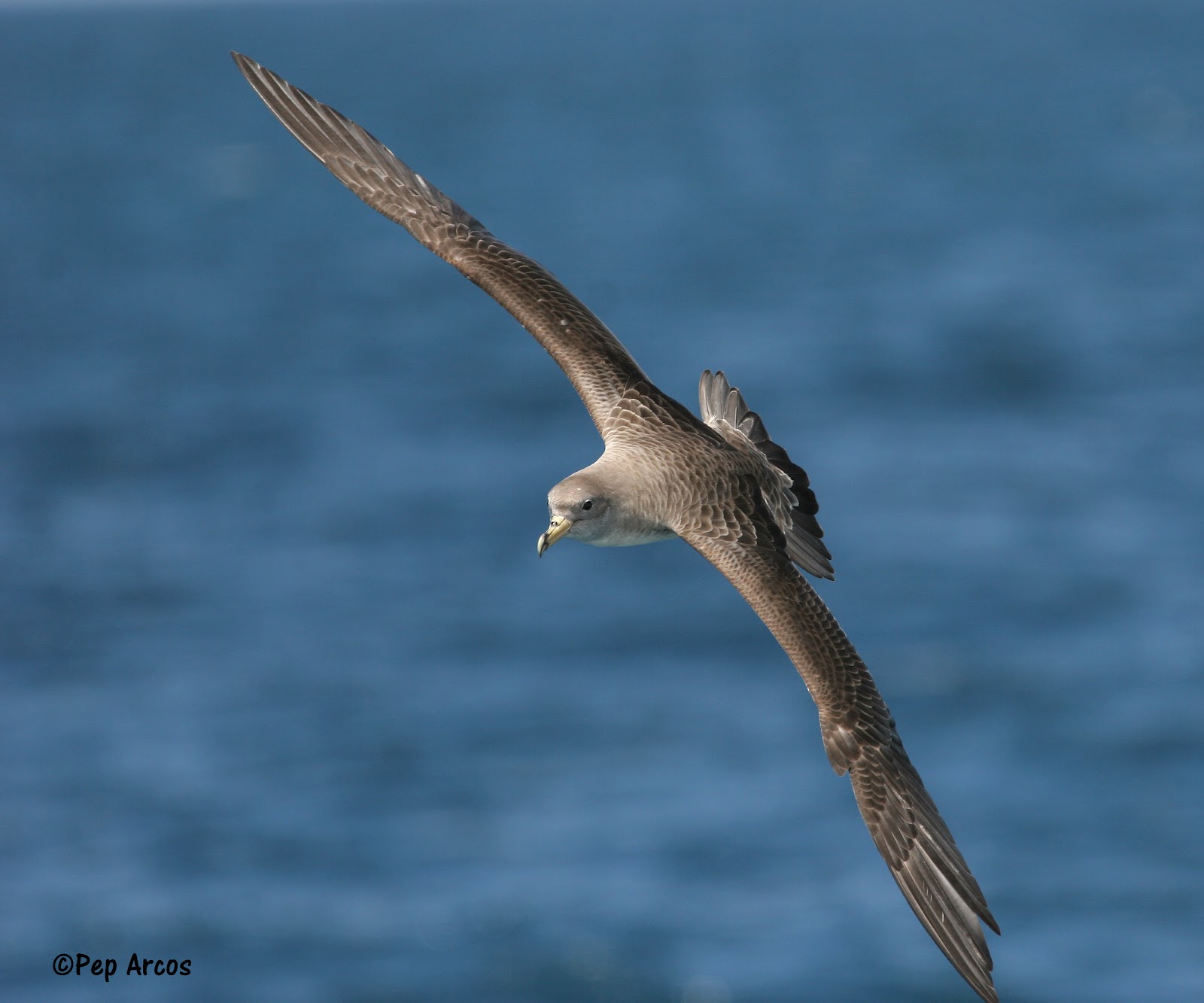Lucía Soliño (Instituto Português do Mar da Atmosfera, Lisbon, Portugal) and colleagues have published in the journal Harmful Algae on whether harmful algal blooms can affect pelagic seabirds, such as Cory’s Calonectris borealis and Scopoli’s C. diomedea Shearwaters.
The paper’s abstract follows:
“Marine birds have been hypothesized to be underreported victims of harmful algal blooms (HABs). Toxic blooms of Pseudo-nitzschia spp., the primary amnesic toxin producer microalgae, domoic acid (DA) are known to cause massive mortalities of coastal seabirds and marine mammals around the world. However, these fatalities are only detected when birds die nearby the coastline and little is known about possible outbreaks of pelagic seabirds in oceanic areas. Here we aim to understand whether pelagic seabirds are exposed to amnesic shellfish poisoning (ASP) toxins. For this purpose, we tracked pelagic seabirds feeding on small epipelagic fish and squid, reported to be vectors of DA, which are obtained in high productivity zones where intense Pseudo-nitzschia blooms regularly occur. In particular, we tracked Cory’s (Calonectris borealis) and Scopoli’s (C. diomedea) shearwaters breeding in Gran Canaria (Canary Is.) and in Menorca (Balearic Is.) and feeding on the Canary Current region and the Catalonian coast, respectively. We sampled birds for blood at the recovery of the GPS (Global Positioning System) and analyzed it for DA determination by Liquid Chromatography coupled with Tandem Mass Spectrometry (LC–MS/MS). Among the 61 samples analyzed from Gran Canaria, and 87 from Menorca, 31 (50.8%) and 28 (32.2%) from each location presented detectable levels of DA ranging 1.0–10.6 ng mL−1. This work reveals that DA can be detected at variable levels in the blood of ASP-asymptomatic shearwaters and suggests a chronic exposure of shearwaters to DA, highlighting the need for further studies on DA effects. These results are of high relevance due to the vulnerability of these marine birds, which populations are in continuous decline. Since global warming is expected to alter and increase the occurrence of HABs, marine toxins might become an additional stressor for seabirds and exacerbate the already precarious conservation status of many species.”

Scopoli's Shearwater, photograph by 'Pep' Arcos
Reference:
Soliño, L., Ferrer-Obiol, J., Navarro-Herrero, L. González-Solís, J. & Costa, P.R. 2019. Are pelagic seabirds exposed to amnesic shellfish poisoning toxins? Harmful Algae 84: 172-180.
John Cooper, ACAP Information Officer, 23 May 2019

 English
English  Français
Français  Español
Español